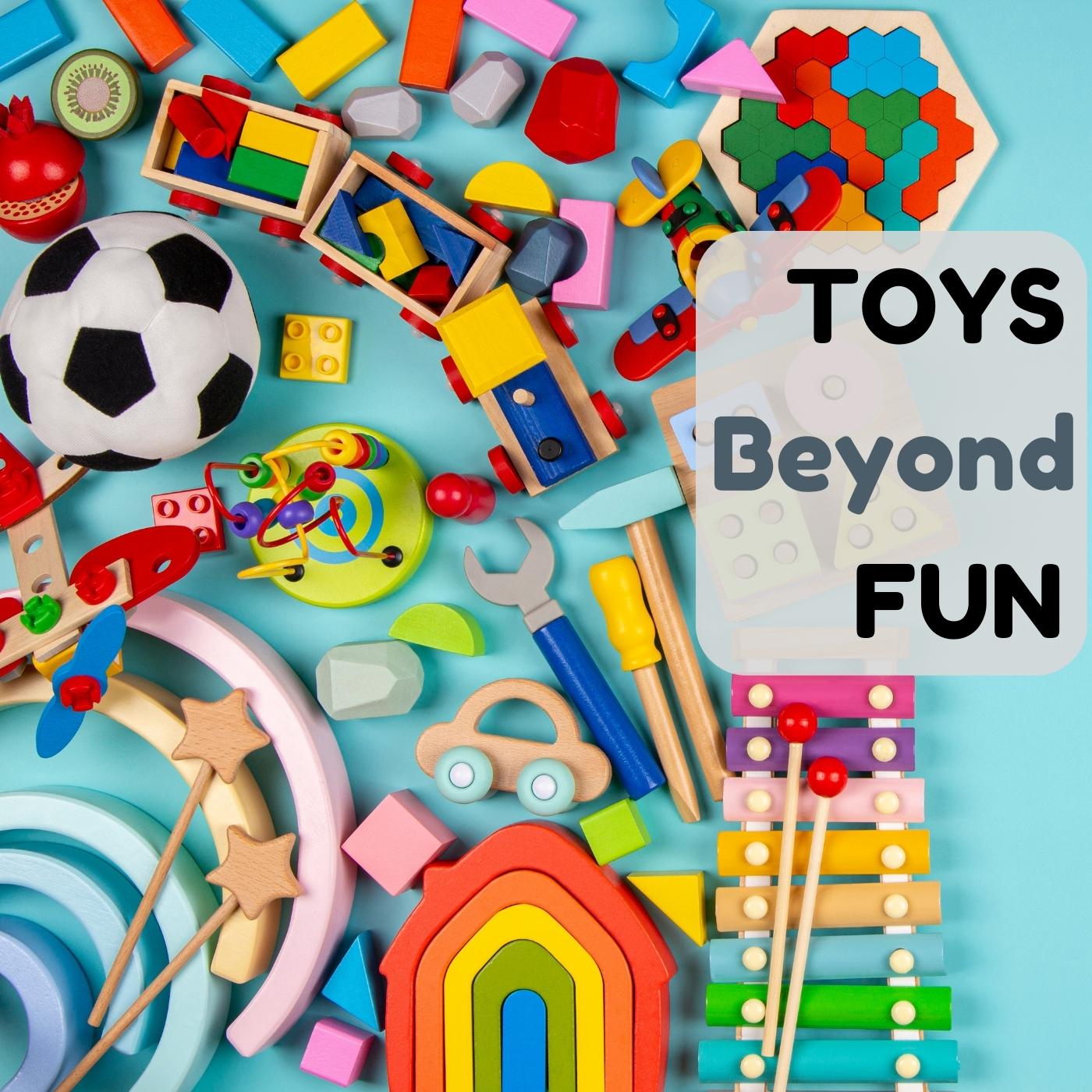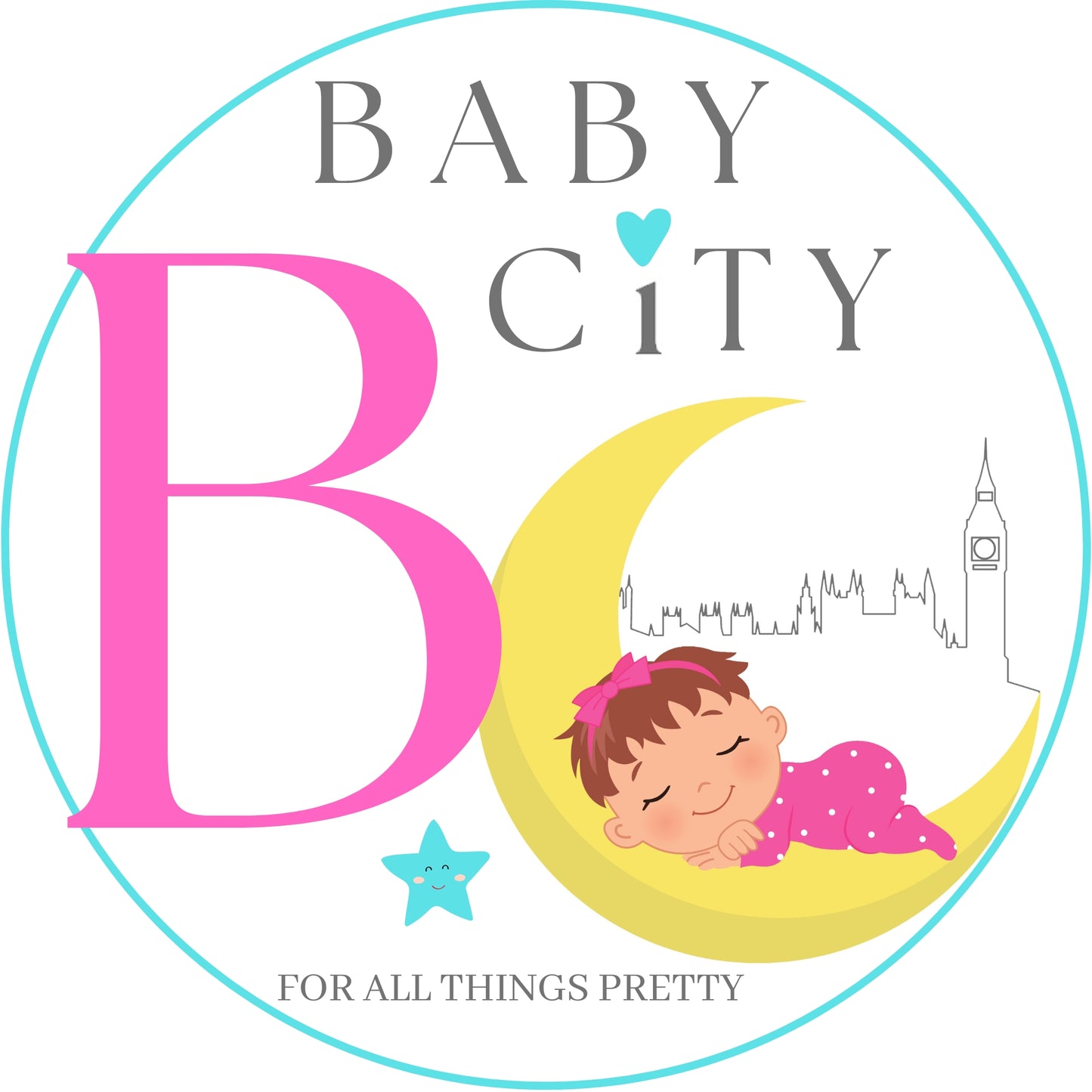
Playing with toys is a natural and integral part of childhood. From classic building blocks and puzzles to high-tech interactive toys, children love to play and explore. But did you know that toys can also be a powerful tool for learning and development? The right types of toys, such as those that are both fun and educational, can help children develop essential skills such as problem-solving, creativity, social skills, and cognitive development. In this post, we will dive deeper into the importance of activity and educational toys in children's development. We will explore the different types of toys that can aid in children's development, why they are important, and how to choose the right ones for your child's age and interests. So, let's get started!
1. Understanding the role of toys in child development
Toys are an essential part of a child's development. They help children learn, develop skills, and explore their environment. Toys come in a wide variety of shapes, sizes, and types, and each one plays a unique role in a child's development.
For example, toys that promote physical activity, such as balls or bicycles, help children develop their gross motor skills, balance, and coordination. On the other hand, toys that encourage creativity, such as art supplies or building blocks, help children develop their imagination, problem-solving skills, and fine motor skills.
Toys can also help children develop social skills. Playing with toys with other children helps them learn how to share, take turns, and communicate effectively. Toys that encourage group play, such as board games or sports equipment, can help children develop teamwork and cooperation skills.
Furthermore, toys can have a significant impact on a child's cognitive development. For example, toys that encourage exploration and discovery, such as puzzles or science kits, help children develop their curiosity, critical thinking skills, and scientific inquiry.
In summary, toys play a vital role in a child's development, and parents and caregivers should carefully choose toys that are appropriate for their child's age and abilities. The right toys can help children develop a wide range of skills and abilities, while also providing them with hours of fun and entertainment.
2. The history of educational toys
The history of educational toys dates back to ancient times when parents would use objects in their environment to teach their children skills such as hunting, cooking, and farming. As societies became more advanced, so did the toys that were used for educational purposes. In the 19th century, toys were designed to teach children basic skills such as reading, writing, and arithmetic. One of the most famous examples of an educational toy from this era is the abacus.
In the 20th century, educational toys became more specialized and sophisticated. Toys were designed to teach children about science, technology, engineering, and math (STEM), as well as music, art, and foreign languages. In recent years, the rise of digital technology has led to a new generation of educational toys that incorporate interactive features like touch screens, sensors, and augmented reality.
Today, parents and educators recognize the importance of toys in a child's development. Many toys are designed to promote creativity, critical thinking, problem-solving skills, and social interaction. Educational toys can help children learn about the world around them and develop a lifelong love of learning. By understanding the history of educational toys, we can appreciate the role that these toys have played in shaping the minds of generations of children.
3. The benefits of educational toys
Educational toys are specifically designed to help children learn and develop essential skills while they play. Unlike traditional toys, they are designed to provide educational value beyond simple entertainment. Educational toys come in many forms, from building blocks, puzzles, and board games to science kits, musical instruments, and electronic devices.
One of the main benefits of educational toys is that they stimulate cognitive development. They help children learn and develop skills such as problem-solving, critical thinking, and creativity. They also help children develop their language and communication skills, as well as their social skills when playing with others.
Another benefit of educational toys is that they can help children develop specific skills related to their interests or future career aspirations. For example, if a child has an interest in science, providing them with science kits and experiments can encourage and foster this interest, helping them develop the skills they need to pursue it further.
Educational toys can also help children develop their motor skills and hand-eye coordination. Building blocks, puzzles, and other construction toys require children to use their hands and fingers in precise ways, improving their dexterity and fine motor skills.
Overall, educational toys provide a fun and engaging way for children to learn and develop important skills. They are a valuable tool for parents and educators to use in helping children achieve their full potential.
4. Types of educational toys
When it comes to choosing educational toys for your child, there are a variety of options available. Here are some of the most common types of educational toys:
1. Building blocks and construction sets: These toys help children develop spatial awareness, problem-solving skills, and fine motor skills.
2. Puzzles and brain teasers: Puzzles and brain teasers help children develop cognitive skills, such as reasoning, problem-solving, and critical thinking.
3. Educational games: Educational games can help children develop a variety of skills, including language, math, and social skills.
4. Science and nature toys: Science and nature toys can teach children about the world around them, and help them develop an interest in science and nature.
5. Art and craft supplies: Art and craft supplies can help children develop creativity, fine motor skills, and self-expression.
6. Musical instruments: Musical instruments can help children develop an interest in music, as well as hand-eye coordination and fine motor skills.
When choosing educational toys for your child, it's important to consider their age, interests, and developmental needs. By choosing the right types of educational toys, you can help your child develop a wide range of skills, while also providing them with fun and engaging activities.
5. How educational toys promote cognitive development
Educational toys offer a unique opportunity for children to engage in play while learning new concepts and skills. These toys are specifically designed to promote cognitive development, which is essential for a child%u2019s overall growth and success in life.
For example, building blocks and puzzles can help children develop problem-solving and critical thinking skills, while also improving their hand-eye coordination and spatial awareness. Educational games that involve numbers or letters can improve a child%u2019s literacy and numeracy skills, preparing them for school and beyond.
Moreover, educational toys can also promote creativity and imagination as children use their minds to explore and experiment with new ideas. Playing with educational toys can also boost self-esteem and confidence as children learn new skills and overcome challenges, enhancing their overall sense of accomplishment and satisfaction.
It is important to note that educational toys should not replace other forms of play, but rather complement them. Children still need plenty of unstructured playtime to explore their surroundings and develop social skills. However, by incorporating educational toys into playtime, children can receive an added benefit of cognitive development, helping them to become well-rounded individuals.
6. The importance of physical activity for children
Physical activity is crucial for children's development. Children need to engage in physical activities to build their strength, coordination, and balance. Regular physical activity promotes healthy growth and development, improves their overall health and fitness, and helps them to maintain a healthy weight.
Physical activity also plays a significant role in the development of children's social and emotional skills. Active play helps children to develop their communication, teamwork, and problem-solving skills. Children learn to work together, share, and negotiate with their peers during physical activities.
Furthermore, physical activity has been linked to improved cognitive development. Studies have found that physical activity can enhance brain function, improve memory and concentration, and increase academic performance. Physical activity helps children to stay alert, focused, and ready to learn.
Parents and caregivers can encourage physical activity by providing children with opportunities to play and engage in sports. Active play can take many forms, such as playing catch or soccer, riding bikes, or going for a walk.
Children should also be encouraged to participate in physical education classes at school and to take part in after-school sports programs.
In conclusion, physical activity is essential for children's physical, social, emotional, and cognitive development. By encouraging children to be physically active, parents and caregivers can help them develop healthy habits and reach their full potential.
7. The benefits of physical activity on children's development
Physical activity is essential for children's development, and activity and educational toys play a vital role in promoting this. Children need to engage in physical activities that challenge their bodies and stimulate their mental faculties. This helps them develop their gross and fine motor skills, enhance their coordination and balance, and build strength and endurance.
Playing with toys that encourage physical activity, such as balls, jump ropes, hula hoops, and climbing frames, can have a positive impact on children's physical and emotional well-being. It can also promote socialization and team building as children engage with their peers.
Moreover, physical activity stimulates the release of endorphins in the brain, which helps reduce stress, anxiety, and depression. It also enhances cognitive function, boosts memory retention, and improves attention span, concentration, and creativity.
Parents and caregivers should encourage children to engage in physical activity as part of their daily routine. They can also incorporate activity and educational toys into playtime, ensuring that children have fun while developing critical skills for their growth and development. Overall, physical activity and educational toys are crucial for children's physical, emotional, and cognitive development.
8. The role of physical activity in brain development
Physical activity is a vital component in brain development, especially in young children. Engaging in physical activities helps children to develop fine and gross motor skills, hand-eye coordination, balance, and spatial awareness. It also helps to improve cognitive functions such as memory, attention, and decision-making skills. Children who engage in regular physical activity tend to have better academic performance and are less likely to develop mental health problems.
Physical activity plays a crucial role in the development of the hippocampus, a part of the brain that is responsible for learning, memory, and spatial navigation. Studies have shown that regular physical activity can increase the size of the hippocampus, resulting in better cognitive performance. Physical activity also helps to increase the production of neurotrophic factors, which promote the growth and development of new brain cells.
Parents and caregivers can encourage physical activity in children by providing them with toys and games that promote movement and exercise. Examples of such toys include balls, skipping ropes, balance boards, and trampolines. Outdoor activities such as cycling, hiking, and swimming are also great ways to keep children active and engaged. By making physical activity a regular part of a child's routine, parents and caregivers can help to promote healthy brain development and set them up for success in the future.
9. The impact of technology on child development and how to balance screen time
As technology continues to advance, the impact on child development is becoming an increasing concern for parents and educators alike. While technology can provide many benefits and educational opportunities, excessive screen time has been linked to developmental delays, behavioral problems, and even sleep disturbances in young children.
It is important for parents to find a balance between screen time and other activities, such as physical play and social interaction. Encouraging children to engage in hands-on activities and play with educational toys can promote the development of fine motor skills, problem-solving abilities, and social skills.
Parents should also consider setting limits on screen time and monitoring the types of content that their children are exposed to. Educational apps and games can be a useful tool for learning, but it is important to ensure that they are age-appropriate and do not promote violent or unhealthy behavior.
Overall, technology can be a valuable asset in a child's development, but it should be used in moderation and balanced with other activities that promote physical, social, and emotional growth.
10. Tips for choosing the right educational and activity toys for children
Choosing the right educational and activity toys for children is crucial as these toys can either enhance or hinder a child's development. Here are some tips to help you choose the right toys for your child:
1. Age-appropriateness: Always check the age range listed on the toy to ensure that it is appropriate for your child's age and developmental level.
2. Safety: Safety should always be a top priority when choosing toys for children. Look for toys that are made with non-toxic materials, have no sharp edges, and are sturdy enough to withstand rough play.
3. Educational value: Choose toys that promote learning and skill-building, such as building blocks, puzzles, and educational games. These toys can help children develop problem-solving skills, hand-eye coordination, and critical thinking skills.
4. Open-ended play: Look for toys that encourage open-ended play, such as art supplies, building toys, and dress-up costumes. These toys allow children to use their imaginations and creativity, which is important for their cognitive and social development.
5. Variety: Provide children with a variety of toys that promote different types of play, such as creative play, physical play, and interactive play. This can help children develop a range of skills and keep them engaged and interested in playtime.
Remember, the right toys can help children develop important skills and reach developmental milestones. By choosing the right educational and activity toys, you can help your child learn, grow, and have fun at the same time.

